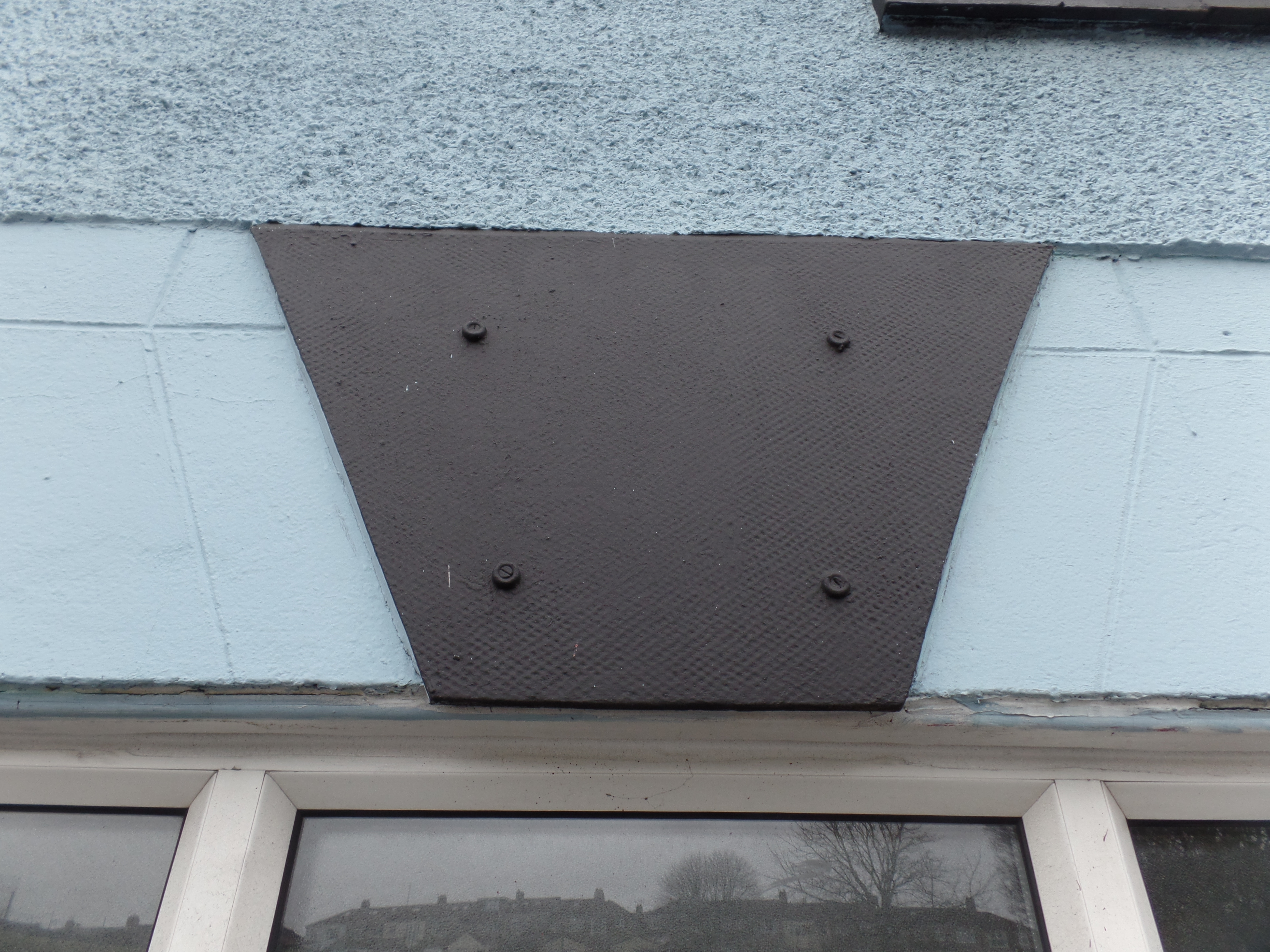Asbestos Boarding

Asbestos Boarding
Asbestos boarding is one of the harder materials to ascertain visually what type of asbestos may be present.
Cement boards, (normally white) are often harder and more brittle.
This type of intrusive testing must ONLY be carried out by a competent person as this can be very dangerous.
Asbestos boards tend to flex slightly before shearing.
With boarding it is essential that tests are carried out as this is one area where the more harmful Blue and Brown fibres can be found.
Externally
During the course of our inspections we often note external boarding on properties that we presume contains asbestos until proven otherwise.
Due to its hard wearing nature cement type boarding was often used in soffits. This was very common in properties from the 1950’s through to the 1980’s.
Often these have simply been clad with UPVC and only come to light when say the UPVC has been disturbed by adverse weather conditions.
Infill panels in walls are also fairly common mainly in 1970’s buildings due to their good fire resisting properties.
We have even seen it neatly stacked in sheds or next to fences or hidden out of site as mentioned in our previous blogs.
We have also found it cut and shaped as decorative finials externally which would have created a lot of dangerous dust when installed!
Internally
Asbestos sheeting was often used internally for lining loft hatches, creating boxing in and as boarding on walls and ceilings.
This type of material is often painted many times in its life so has a simple gloss finish which makes it harder to recognise.
You can use a bradawl or Stanley knife to make a small nick in the surface to look at the material beneath.
The other great visual indicator is a dimpled almost golf ball effect that makes it stand out as being a manufactured board as opposed to timber.
These boards are often found beneath staircases or making the under stairs cupboard.
Where pipes run internally these are often boxed in again sheet material is used.
We have also found sheets of asbestos insulating board used to support tanks and cisterns in loft spaces.
What to do
Boarding can be composites of asbestos including the more dangerous blue and brown fibres sometimes called mill boards. It is imperative that when boarding is found and is suspect that it is tested by a competent operative preferably an independent surveyor with no affiliation to removals companies to insure that there is no commercial interest in the findings.
